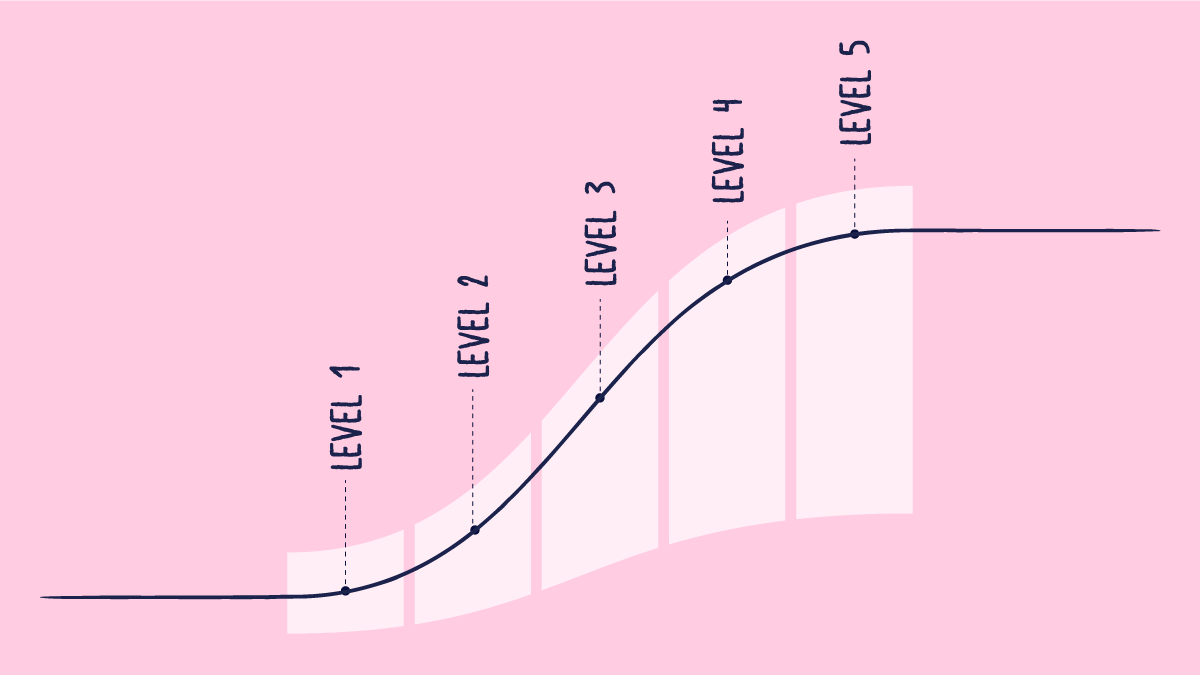Quality By Design
Quality by Design (QbD) promotes product quality by applying statistical, analytical, and risk management strategies in the design, development, and manufacturing phases.
What Is Quality by Design?
QbD is a process for designing and launching new products. In the Life Sciences space, these products may include pharmaceuticals, medical devices, software solutions, and other relevant tools. The idea is to create a high-quality product that meets the customer’s needs while reducing risk for the manufacturer.
To this end, a key objective of QbD is to make sure all variability is identified, justified, and addressed before the product goes to market. The goal here is for the end product to meet its predefined characteristics from the very beginning, by eliminating errors and other discrepancies.
The process is often associated with other quality improvement tools like Lean and Six Sigma. While Quality by Design features many of the same principles, its focus is on delivering a new product or process that meets customer needs with minimal errors or defects. Ultimately, Lean and Six Sigma set out to correct existing flaws, while QbD prevents these flaws from occurring in the first place. Quality by Design is meant to incorporate quality into the product from the very beginning and achieve longstanding customer loyalty.
The international guidelines behind QbD were first introduced in the pharmaceutical industry between 2009 and 2012. These guidelines define Quality by Design as “a systematic approach to development that begins with predefined objectives and emphasizes product and process understanding and process control, based on sound science and quality risk management.”
Why Is QbD Important?
Quality by Design benefits both the customer (who values safe and effective products) and the manufacturer (for whom quality and costs will be better understood and more predictable with a QbD approach).
The process is important because Life Sciences organizations face a number of challenges in the early stages of developing a new product. These may include gaps between the:
- Manufacturer’s understanding of the customer’s needs and the customer’s own understanding.
- Manufacturer’s understanding of the customer’s needs and the actual product design.
- Product design and the final execution of the product.
We’ve all been there. And while these challenges are perfectly natural, QbD can help mitigate them. Quality by Design helps to close gaps such as cost and time overruns, failure to reach sales targets, unhappy customers, and even abandoned or delayed development timeframes.
Combined with Process Analytical Technology (PAT) tools, QbD promotes process control while ensuring the product quality attributes are achieved to the highest standard. (A reminder that PAT is a system for designing, analyzing, and regulating manufacturing by measuring the quality and performance attributes of all materials and processes.)
The elements that comprise QbD include:
- Quality Target Product Profile (QTPP)
- Critical Quality Attributes (CQAs)
- Critical Material Attributes (CMAs)
Together, the QTPP and the CQAs serve as key performance indicators (KPIs). A risk-based approach, manufacturers must examine the root cause behind any possible deviation from these KPIs, and identify the CPPs or the CMAs that may be causing the deviation.
To do so, manufacturers must also build a knowledge space and foster an open dialogue around how the QTPP, CQAs, CMAs, and CPPs are interconnected. Team members can contribute to this space by using literature, by sharing experiences with similar products, or by conducting empirical experiments. Really any statistical modeling approach can help facilitate QbD.
What Does Quality by Design Entail?
Quality by Design generally consists of five major activities: define, discover, design, develop, and deliver. The process begins by defining the requirements of the final product based on the applicable customer needs, safety profiles, and product efficacy objectives. Key steps include:
- Defining a product quality profile that represents how the product will perform. This should be a quantitative representation of the product’s clinical safety along with the KPIs for developers.
- Summarizing what is known and identifying any knowledge gaps to reduce risk.
- Designing the product while carefully defining quality characteristics that must be controlled to reflect the product quality profile.
- Creating a flexible, adaptable process for the product with the defined quality characteristics from the previous step.
- Establishing key specifications for the product and material characteristics that must be managed to achieve the desired outcomes.
- Developing a control strategy for all aspects of the manufacturing process, complete with a risk assessment composed of numerous steps.
- Consistent auditing of the manufacturing process and adaptation as needed to ensure high quality.
It’s important to note that QbD should be applied in a team setting and requires extensive collaboration. Done correctly, Quality by Design allows Life Sciences organizations to thrive in their product development—from idea to final delivery. Subject matter experts from every discipline can gather to mitigate risk and ensure the highest possible quality of their product.
Quality by Design is a strategic process that ensures products perform the way they’re supposed to—in terms of both safety and effectiveness. Well-described goals and comprehensive risk management are essential.
Additional resources

How to Implement the Continuous Improvement Cycle | Scilife
Even an organization with stellar leadership and a solid core of employees experiences hiccups from time to time. Despite having assembled all the ...

How to assess and enhance your Quality Management Maturity | Scilife
As the life sciences industry becomes increasingly regulated and competitive, quality management has become more vital than ever. Are you confident ...

Best Quality Management Software (QMS) for Life Sciences | Scilife
The right electronic Quality Management System (eQMS) can help strengthen your compliance processes and build a culture of quality within your ...

How to write a good quality plan for medical devices | Scilife
In life sciences, especially if you’re in the medical device industry it becomes harder to manage projects in accordance with your company’s quality ...
Turn quality into your brightest asset with Scilife
